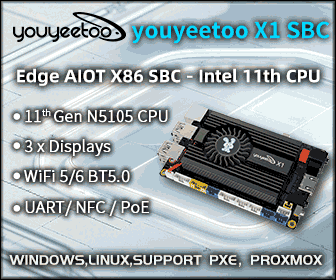AlmaDom.us Home Automation System Fits into Your Walls’ Gang Boxes
Almaware, an Italian IT company, has recently launched an Indiegogo campagain for AlmaDom.us, an home automation system with a 4.3″ touchscreen screen that replaces your wall switch, and fits in your wall’s gang box. Almadom.us specifications: SoC – ARM Cortex A8 720Mhz ARM Processor with PowerVR SGX530 GPU (Texas Instruments AM3354) System Memory – 256MB or more (TBD) Storage – 128Mb Flash or more (TBD) Display – 4.3″ resistive touchscreen (5 points). Resolution: 480×272, 256K colors Connectivity – Bluetooth 4.0, Z-Wave and WiFi 802.11b/g/n with antenna on external cover Relays – 3 relays compatible with 110V and 230V (US and European Standard), with a maximum of 10A for single electrical equipment Misc – Temperature sensor, Infrared proximity sensor (to turn on/off screen), microphone and speaker. Power consumption – Active: 0.2 – 2W, Standby: 20 – 100 mW Operating temperature range – 0° to 70° C Board dimension – About 70×30 […]





